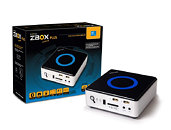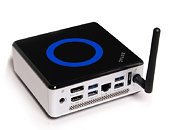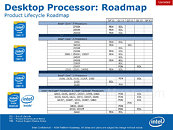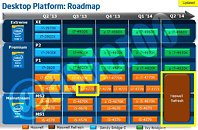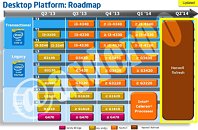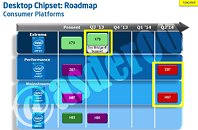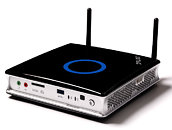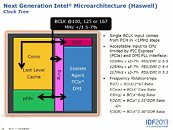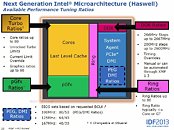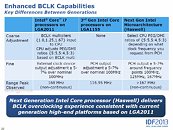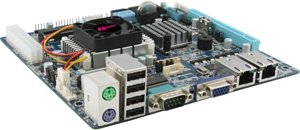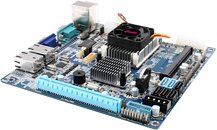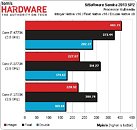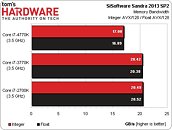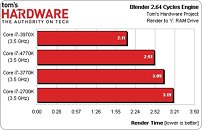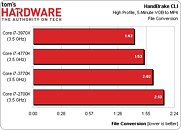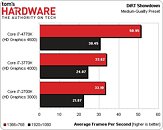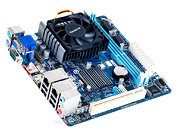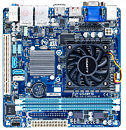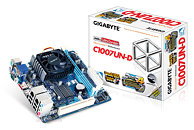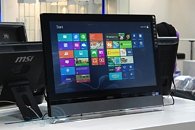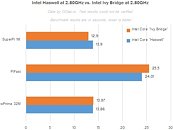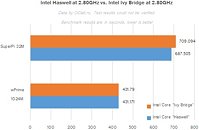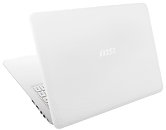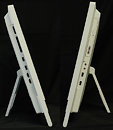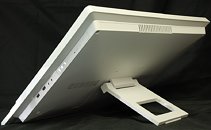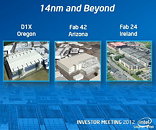
Only Intel Machines Affected by Windows 8 RTC Bug?
HWBot.org blanket-banning benchmark submissions from Windows 8 machines sent ripples across the PC enthusiast community. Overclocker Christian Ney from OCaholic.ch spent some time trying out different combinations of hardware and operating system to check if Windows 8 RTC (realtime-clock) bug affects benchmarks consistently, on all hardware platforms. His findings are interesting, and one can draw the inference that only Intel processor-based machines could be affected by the bug, not AMD-based ones.
Ney observed the Windows 8 RTC bug to affect benchmark results only on Windows 8 machines running Intel LGA1150 "Haswell," LGA1155 "Ivy Bridge," and LGA1155 "Sandy Bridge," and not AMD AM3 and FM2 platforms. The issue didn't surface on any system running the older Windows 7 operating system. With it, it's clear that it's not just Microsoft that has to do some troubleshooting, Intel has to, as well. HWBot.org may have just saved itself time and pointless "bias" debates by blanket-banning Windows 8.
Ney observed the Windows 8 RTC bug to affect benchmark results only on Windows 8 machines running Intel LGA1150 "Haswell," LGA1155 "Ivy Bridge," and LGA1155 "Sandy Bridge," and not AMD AM3 and FM2 platforms. The issue didn't surface on any system running the older Windows 7 operating system. With it, it's clear that it's not just Microsoft that has to do some troubleshooting, Intel has to, as well. HWBot.org may have just saved itself time and pointless "bias" debates by blanket-banning Windows 8.







